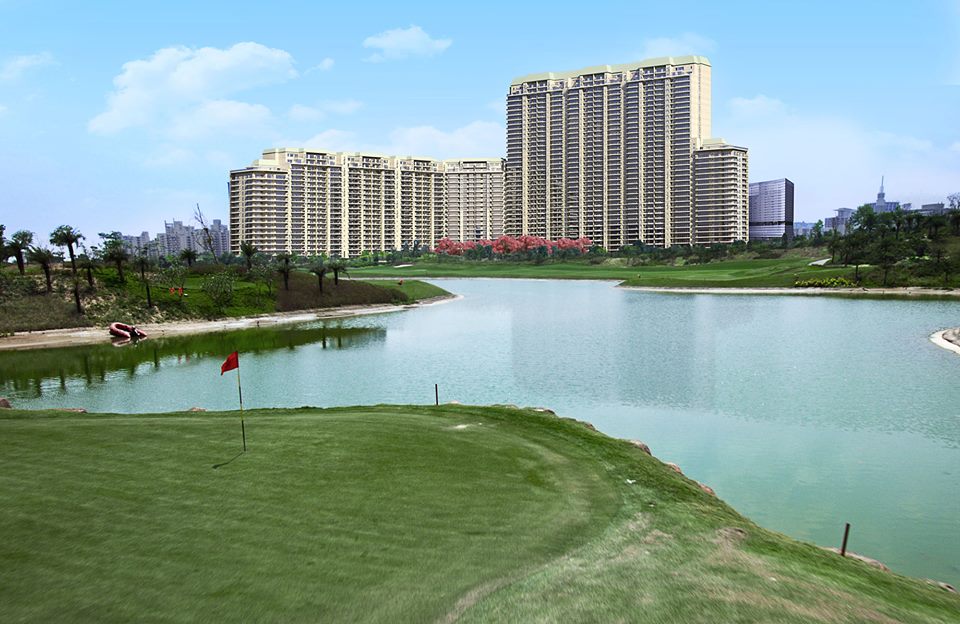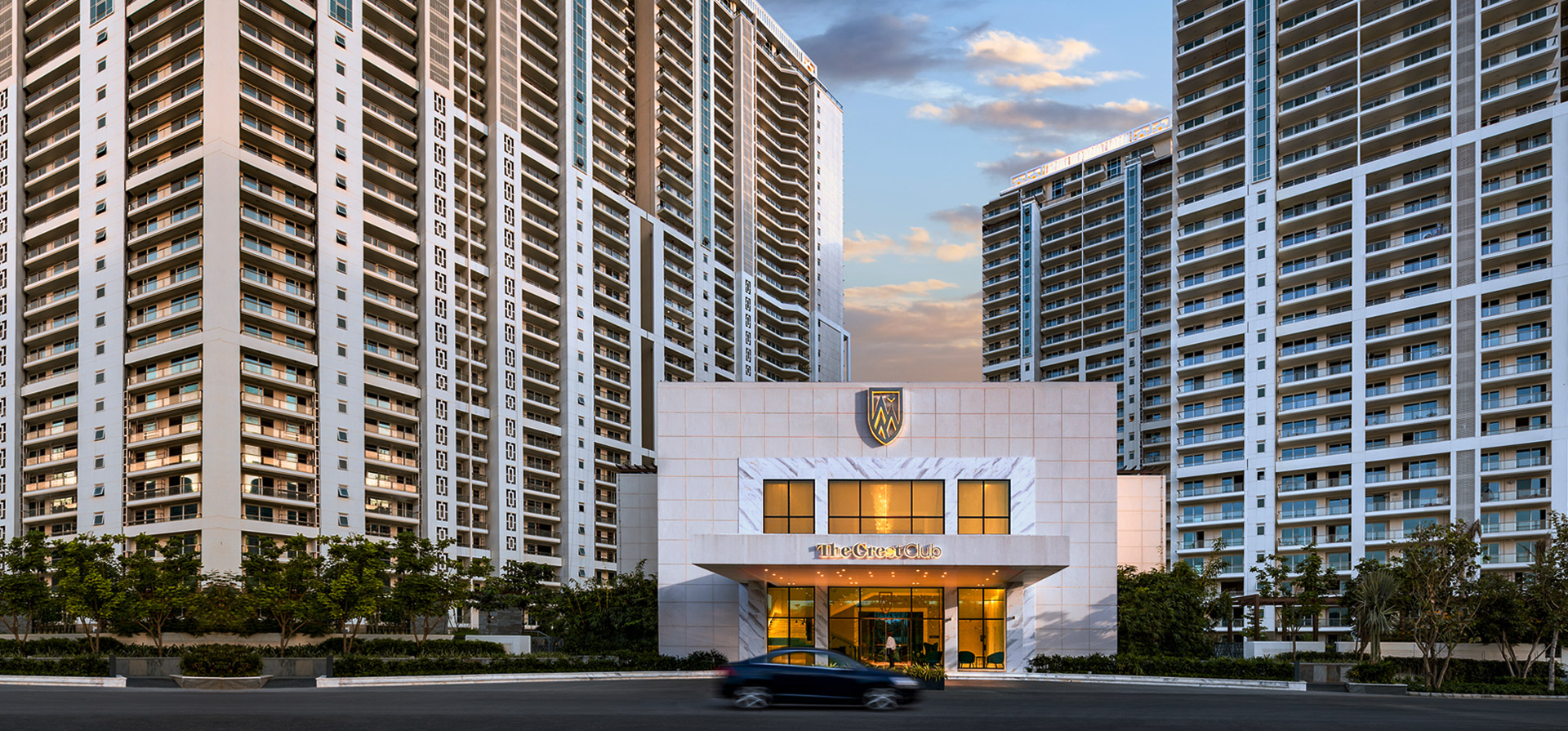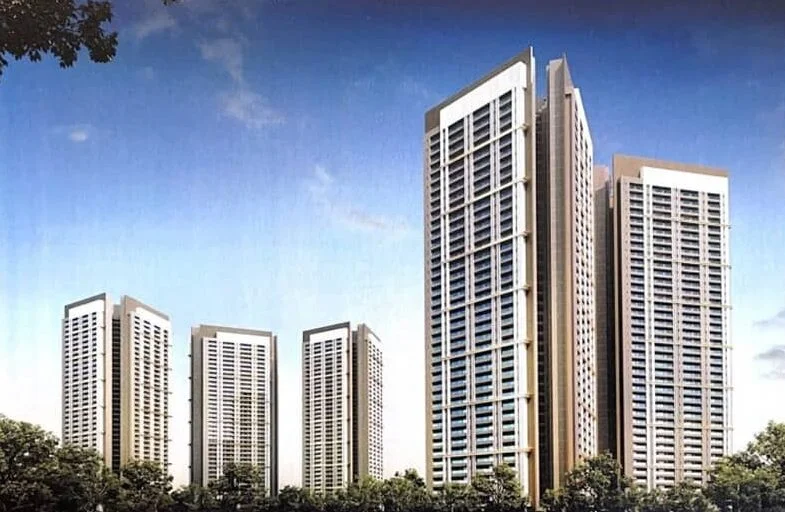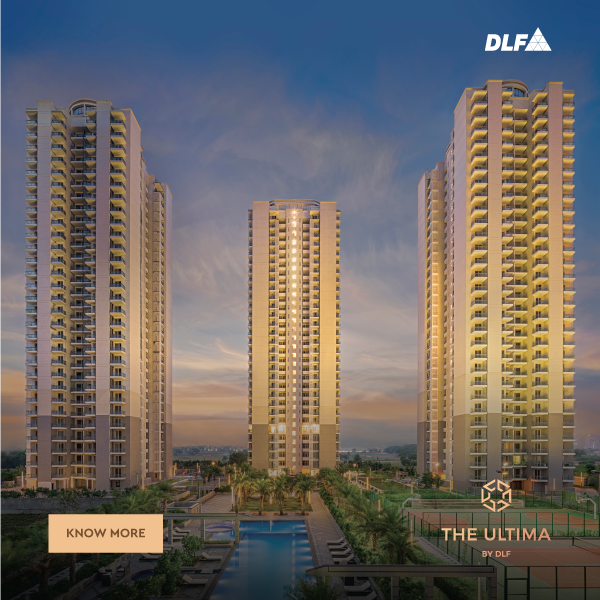Introduction: DLF Ltd., a name synonymous with real estate excellence in India, has always been at the forefront of shaping the country’s urban landscape. Known for its iconic residential, commercial, and retail spaces, DLF is also pioneering the movement toward sustainable and eco-friendly architecture. One of the major initiatives by the company is the development of green buildings, which aim to reduce environmental impacts while offering modern amenities and energy-efficient solutions.
As the world becomes more conscious of the environmental implications of construction, sustainable real estate is gaining immense importance. DLF’s green buildings represent a step toward a sustainable future and align with global efforts to mitigate climate change. This article explores DLF’s efforts to integrate green building practices in its projects and highlights the significance of sustainable real estate in India’s growth story.
What Makes a Building “Green”?
A green building is designed and constructed to be energy-efficient, water-efficient, and sustainable throughout its lifecycle. Key features include:
- Energy Efficiency: Use of energy-efficient systems such as LED lighting, HVAC systems, and smart meters.
- Water Conservation: Rainwater harvesting, low-flow fixtures, and water-efficient landscaping.
- Sustainable Materials: Use of eco-friendly, locally sourced, and recycled materials.
- Indoor Air Quality: Low-VOC paints, non-toxic building materials, and proper ventilation systems.
- Waste Management: Efficient waste management during construction and operation phases.
DLF’s green buildings are designed with these principles in mind, aiming to create spaces that not only provide a comfortable living or working environment but also reduce their environmental footprint.
DLF’s Green Building Initiatives
DLF has undertaken various green building projects that contribute to the development of sustainable real estate. Some of their key green projects include:
- DLF Cyber City, Gurugram: One of the most iconic IT hubs in India, Cyber City integrates energy-efficient technologies and has achieved several green certifications.
- DLF Emporio: A luxury shopping mall that incorporates sustainable practices like energy-efficient lighting and water management systems.
- DLF Gardencity: An integrated township with sustainable residential buildings, green open spaces, and renewable energy sources.
DLF’s commitment to green building certifications, such as LEED (Leadership in Energy and Environmental Design) and IGBC (Indian Green Building Council), showcases its dedication to meeting global environmental standards. These certifications ensure that the buildings are optimized for minimal environmental impact and energy consumption.
Benefits of Green Buildings in Real Estate Development
Green buildings bring numerous benefits to both developers and residents. These advantages include:
- Energy Savings: Green buildings are designed to reduce energy consumption. The use of high-efficiency HVAC systems, solar panels, and LED lighting helps lower energy costs, making them more affordable in the long run.
- Reduced Environmental Impact: The construction of green buildings minimizes the carbon footprint through eco-friendly practices, such as using sustainable materials and energy-efficient designs. This helps combat climate change and reduces pollution.
- Enhanced Occupant Well-Being: Green buildings provide better indoor air quality, natural light, and ventilation, all of which contribute to healthier living and working environments. This improves the quality of life for residents and workers alike.
- Increased Property Value: Sustainable real estate is becoming a significant market trend, and green buildings often have a higher resale value. The demand for eco-friendly spaces is rising, making them more attractive to investors.
- Government Incentives: In India, green buildings often qualify for government incentives, including tax breaks and rebates. This makes them an attractive investment for developers.
Technological Innovations in DLF Green Buildings
DLF is committed to integrating advanced technologies into its green buildings, making them not only energy-efficient but also smart. Some of the key technologies used in DLF’s green buildings include:
- Solar Power: Several DLF projects incorporate solar panels to harness renewable energy, reducing reliance on traditional power sources.
- Smart Metering Systems: These systems monitor and manage energy consumption, ensuring efficiency in real-time.
- IoT Integration: The integration of Internet of Things (IoT) devices helps optimize energy use, security, and building management.
- Rainwater Harvesting Systems: Water conservation is a key element, and DLF buildings employ rainwater harvesting to reduce water wastage.
These innovations reflect DLF’s forward-thinking approach to integrating sustainability and technology into real estate.
DLF’s Contribution to Sustainable Urban Development
By focusing on eco-friendly real estate, DLF is playing a significant role in shaping India’s sustainable urban development. The company is not only building green buildings but also contributing to green urbanism. This concept integrates environmental sustainability with urban development, creating communities that are resilient to climate change and resource depletion.
DLF’s green buildings align with India’s National Action Plan on Climate Change and contribute to the achievement of the Sustainable Development Goals (SDGs), particularly those related to affordable and clean energy, sustainable cities, and responsible consumption and production.
Challenges in Green Building Development
While green buildings offer substantial benefits, their development does come with challenges. Some of these challenges include:
- High Initial Costs: Although green buildings are cost-effective in the long term, the initial investment for sustainable technologies and materials can be high. This may deter some developers from undertaking green projects.
- Regulatory and Market Barriers: In some areas, regulations and market demand for green buildings may not be as strong as in others. This requires ongoing advocacy and awareness efforts to promote sustainable real estate practices.
- Skilled Labor and Knowledge: Building green requires specialized knowledge and skilled labor. Developers need to invest in training and education to ensure that their teams can effectively implement green building technologies.
Future of Green Buildings in India and DLF’s Role
As sustainability becomes an increasing priority, the future of green buildings in India looks bright. The Indian government’s push for eco-friendly infrastructure and the growing demand for green real estate means that more developers will be adopting sustainable building practices.
DLF is set to continue leading the way in eco-conscious real estate development. The company has committed to expanding its green building portfolio and exploring new sustainable technologies that can reduce environmental impact and enhance energy efficiency.
Conclusion
DLF’s green buildings represent a vision of sustainable development that is essential for India’s urban future. Through innovative technologies, eco-friendly materials, and a commitment to reducing environmental impact, DLF is helping to shape a greener and more sustainable India. By integrating sustainability into its core business model, DLF is not only setting an example for other developers but also contributing to the global mission of achieving a sustainable and eco-friendly future.






Leave a Reply